
Working with wildlife for person, plate and planet – Guest blog
January 4, 2021Home » Working with wildlife for person, plate and planet – Guest blog
Gardening journalist, editor and trainer, Kim Stoddart, explains the many benefits of improving and nourishing biodiversity in your garden, allotment or community green space.
As many people discovered during the initial lockdown last March, time spent in the natural world soothes, mesmerises and makes you feel incredibly good. In a world currently filled with extreme disconnect and anxiety, the more we can find connection and wonder in the beauty of nature, the better we will feel overall.
There’s no doubt that a veg patch that is truly alive (rather than meticulously controlled) can also offer many benefits for wellbeing, with the sight and sounds of nature taking your gardening to a whole new level of connection and enjoyment.
Tuning in to the sight of a butterfly fluttering on the wind, a bee busy bumbling from flower to flower, or the excitable chatter as garden birds celebrate a burst of sunshine, makes you feel good to be alive. It takes you outside of your head and away from concerns around the state of the world, offering simple yet potent and meaningful pleasure.
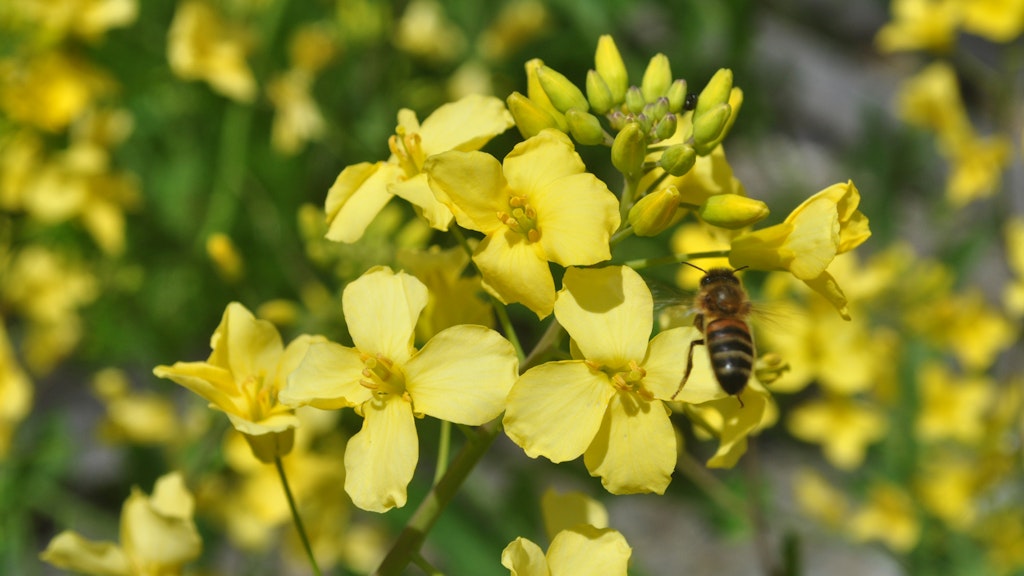
Building resilience
Building resilience in our growing efforts is increasingly important with climate-change-induced greater extremes of weather ahead, but the good news is that nature holds so many of the answers. By stepping back from the idea that our gardens should be primped and polished and instead allowing wildlife and biodiversity in, we can create a truly alive, productive, lower maintenance, resilient growing area for the future to the benefit of all.
The truth of the matter is many of our current so-called ‘gold standard’ gardening methods are no longer fit for purpose. They focus around keeping nature under control and treat outdoor spaces almost like another clinically-clean room of the house. Which in turn makes them high maintenance and vulnerable to the increasingly volatile elements. Yet many of these methods are based on Victorian country house principles and so actually are relatively recent interventions.
If we look back to the medieval peasant gardens of yore, they took a much more nature-friendly approach. They allowed mixed and perennial planting and self-seeding among plants, including weeds which were often edible and encouraged to attract pollinators and predators in. Seed saving was commonplace and overall these much lower maintenance spaces were rich with wildlife for natural pest control and productive for the table, because workers were reliant on the food they produced.
So, there’s nothing new about a more sustainable approach to gardening, where wildlife works in harmony with and to the benefit of produce-growing efforts.
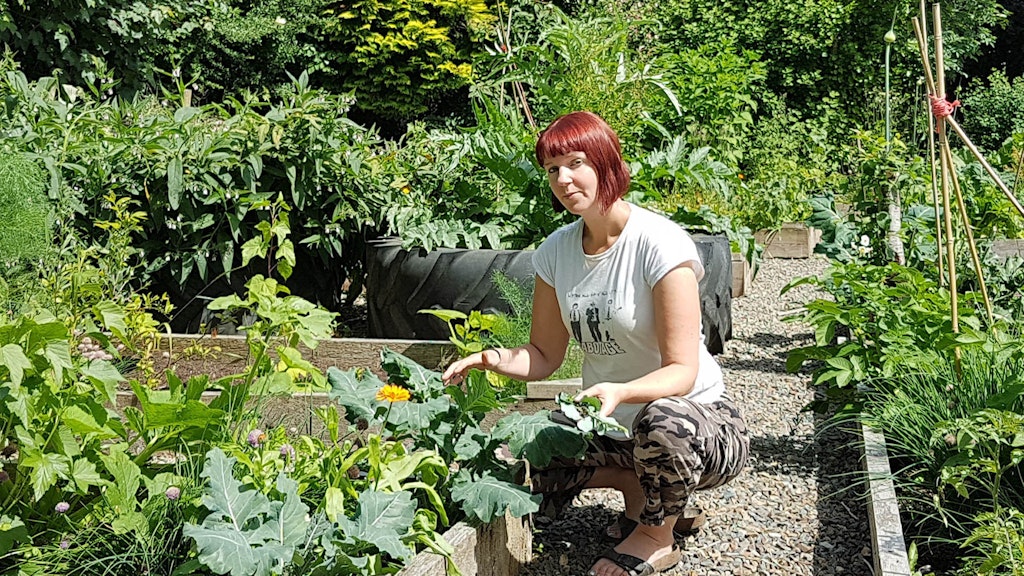
Creating a biodiverse garden
Here are a few tips on how to encourage wildlife into your garden to create a productive outside space that is truly, gloriously biodiverse and which feeds the soul as much as the stomach.
Don’t lawnmower so much
By letting your grass grow longer (even in small patches) and allowing dandelions and wildflowers to move in, you will be creating a valuable source of food (nectar) for pollinators like bees early in the season. Longer grass is also more resilient against extremes of weather and can provide an attractive habitat for many insects and amphibians.
I allow the grass to grow very long (in fact I leave it almost entirely alone) at the back of my gardens around my soft fruit bushes. To enable me to access the plants easily I mow a pathway down the centre of this area and just keep this maintained. Every time I have considered widening the lawn-mowed path, I have spotted moths, butterflies, newts or frogs which have stopped me my tracks and reminded me how valuable this habitat is for them, so I leave it well alone.
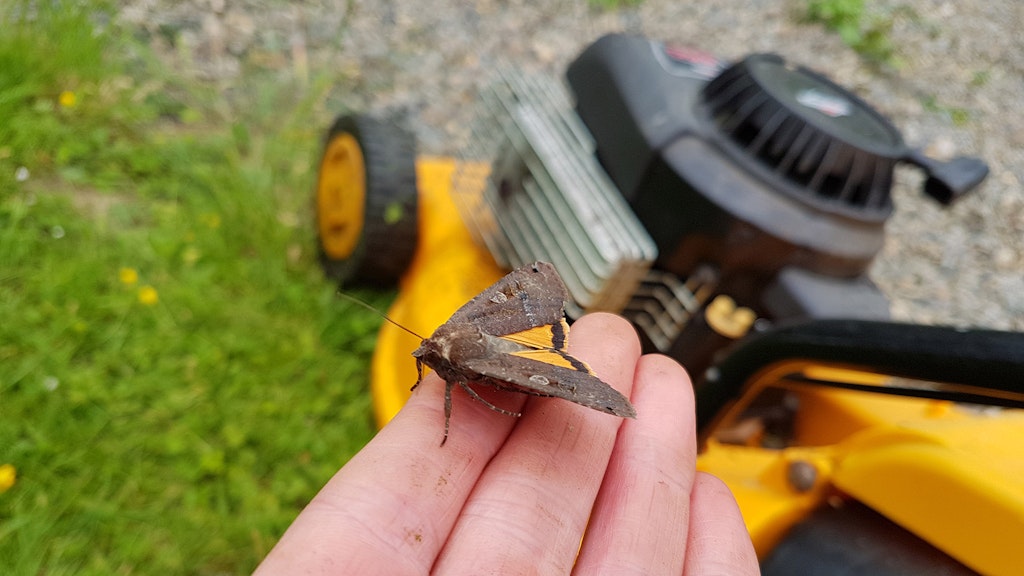
Wild about weeds
As well as leaving areas of my gardens to get overgrown because of the wildlife this helps nurture and attract, I also allow non-invasive weeds to move onto the veg patch, especially over winter. They provide protection for the soil against the risk of nutrient leach caused by heavy rain, and can help bind the loam together and improve its structure. Also some weeds are edible (fat hen, dandelion, nettle, winter cress, garlic mustard, for example) and can help improve the quality of soil (e.g. nitrogen-fixing dock leaf or foxglove).
Pick of the weeds
Variety is the spice of life and the bedrock of encouraging a natural balance of wildlife. However, if you are to allow any weed to grow then let it be a patch of stinging nettles as they help to attract and harbour ladybirds and lacewings, both of which are great for natural pest control. Ladybird larvae can hoover up thousands of aphids and greenfly during their lifetime so they are a delightful and valuable ally to have in the garden. Although not a weed, bronze fennel is also a good plant for attracting these incredibly useful predators. Leave it to overwinter on the veg patch where it will dutifully grow back in the spring.
Other ways to encourage wildlife
Every creature has their place in the eat-and-be-eaten world of nature. Even slugs, which are food for predators. It’s much harder for one so-called pest to get out of control and wreak havoc when you have a biodiversity-rich ecosystem alive and kicking in your outside space. Birds, frogs, newts, ground beetles, wasps, spiders and many more besides all play a valuable role and should be encouraged with gusto. They are a delight to behold in the process.
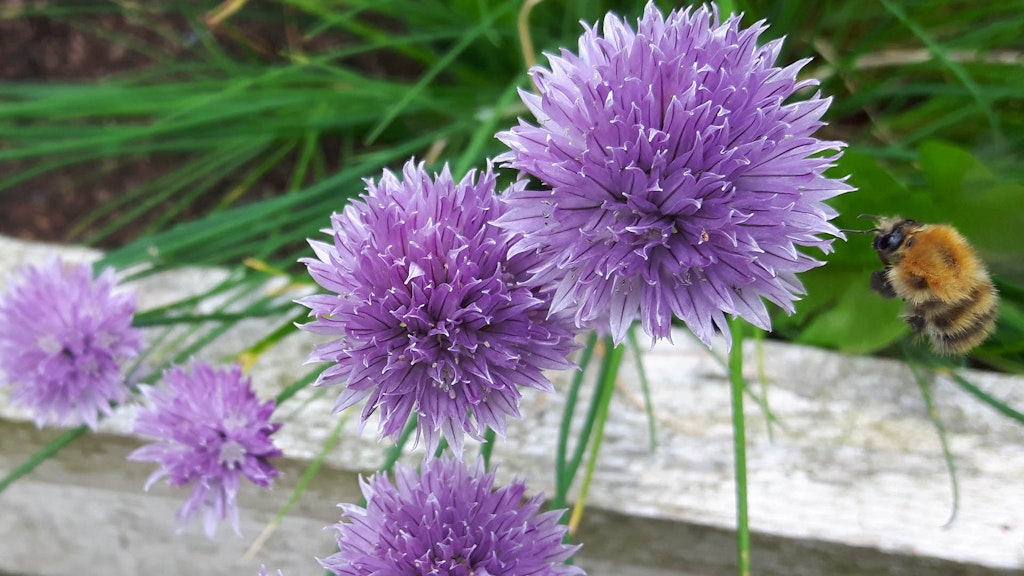
There are many other ways to encourage these beneficial creatures; letting go and not meticulously controlling your garden is key. However the addition of a small pond (even an old wash basin) will provide a valuable water source for frogs, birds, newts, hedgehogs, toads and butterflies alike. Just place large stones in your pond (and around the outside) to aid access and provide an attractive shelter.
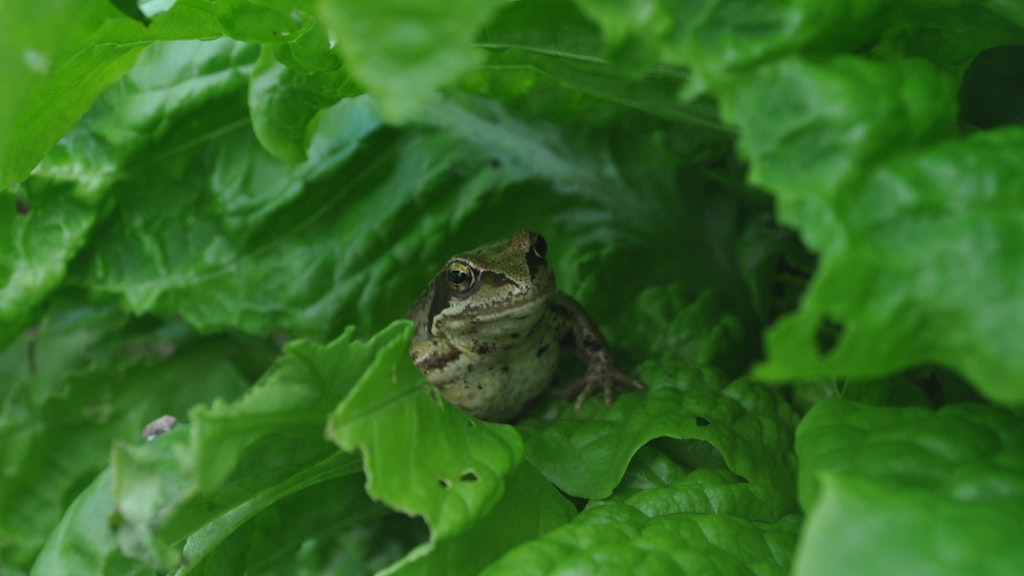
A leaf litter pile is useful and an open chamber compost heap might even attract a grass snake if you are lucky. Allowing plants to die down naturally in your garden, leaving seed heads over winter and letting some dead wood remain in situ on trees also provides enticing shelters for a range of wildlife.

A bug hotel can create a nice feature as well as attracting wildlife
Want to find out more?
Kim Stoddart is the author of The Climate Change Garden book, available via the CAT Ecostore. She is a national gardening journalist, editor of The Organic Way magazine and trainer on all things climate change savvy grow your own, resilience and biodiversity.
Join Kim Stoddart on 4 February for the next in our series of free online webinars. This blog and webinar are offered in partnership with The National Botanic Garden of Wales as part of their ‘Growing the Future’ project. Growing the Future is a five-year project to champion Welsh horticulture, plants for pollinators, the protection of wildlife and the virtues of growing plants for food, fun, health and wellbeing.
- Food
- Gardening and Agriculture
Related Topics
Related news

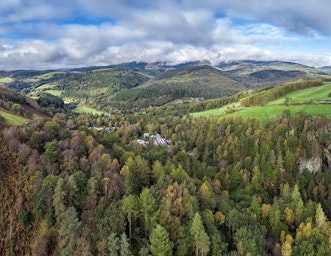
CAT Conversations: Rachel Calder, CAT graduate
26th September 2024
It takes a village
16th August 2024
Scaling up local action in the Dyfi Valley
12th August 2024
Free Webinar – People, plate and planet: working with wildlife for the benefit of all on the veg patch
EMAIL SIGN UP
Keep up to date with all the latest activities, events and online resources by signing up to our emails and following us on social media. And if you'd like to get involved and support our work, we'd love to welcome you as a CAT member.
